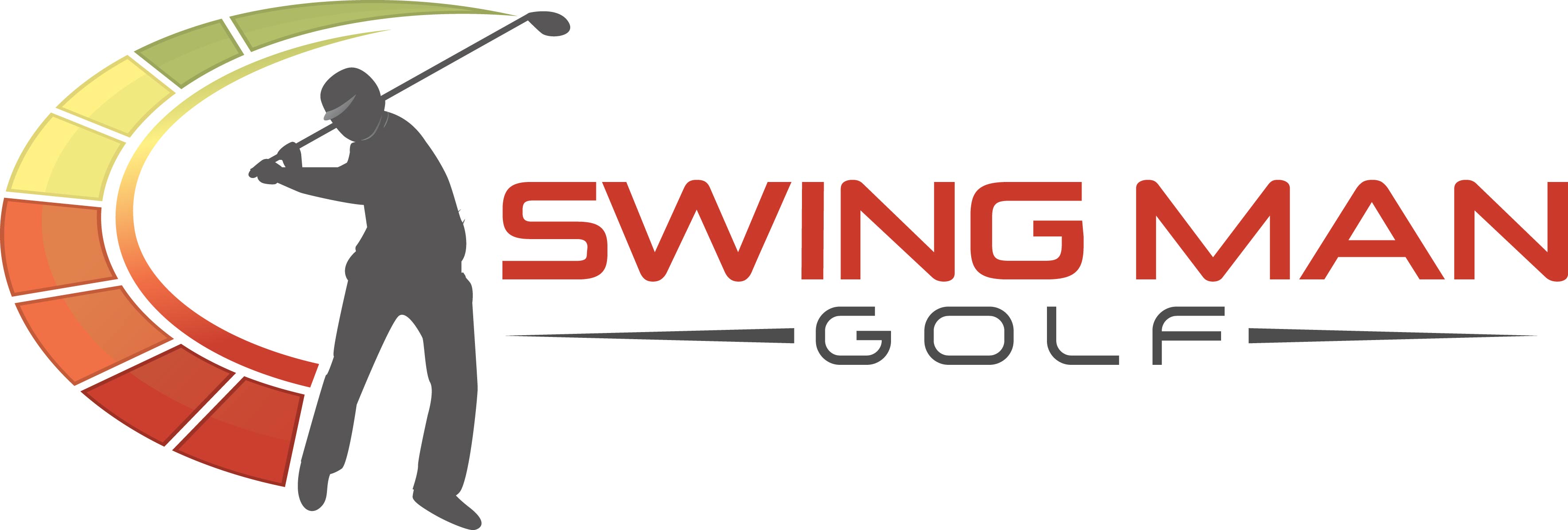By Paul Myers
One of the things that technology has done in the game of golf is change the way some swing elements are taught or understood. Since we can now analyze the performance of the ball more closely than ever before, we can see how it reacts relative to the club face and determine a more accurate cause and effect relationship. Prior to technologies such as Trackman, golfers and golf teachers were left to make assumptions based on the way swings felt and what they thought was happening by watching the ball flight. This led to many assumed facts that turned out later to be wrong.
Among the most-important areas of the game that has been changed is the golf ball flight laws that golfers play by. In reality, the laws haven’t changed – they are just physics – but the way we understand them has changed. Significantly, players who are trying to move the ball one direction or another now have a better knowledge of what they need to do with the club in order to make that happen.
Club Path and Face Angle
Before we get too far into the relationship between different swing elements and the ball flights they produce, it is important to understand two specific variables that greatly affect the results of each shot.
- Club Path. This is the path that the club takes as it moves through the hitting area. It is usually expressed in relationship to the target line – a straight line between the golf ball and the target for the shot. A club path that is perfectly along the target line is rare; more often, the path is either outside-to-inside, or inside-to-outside.
- Face Angle. The angle of the face of the club as compared to the target line (note that sometimes face angle is also referenced relative to club path). For a right-handed golfer, an open face angle is one that is pointing out to the right, while a closed face is pointing to the left. This measurement is taken at the moment of impact, as face angle will naturally change as the club approaches and leaves the hitting area.
It’s Actually Quite Simple
Despite how many variables and factors can come into play when measuring the performance of your swing, it is relatively simple in the end. The ball will curve in the direction of the club face as measured relative to the path of the club. In other words, let’s look at two scenarios (both for right-handed golfers)-
- In order to achieve a draw, you must have the club face closed (pointing left) compared to the path of the club. A good draw will usually see a slightly in-to-out club path with a slightly closed face (to the path). If you are fighting a hook, you will know that your club face is too closed in relation to your swing path.
- It is just the opposite to create a fade. For a sweet spot hit, you will need to have a slightly open club face (pointing right) as compared to the swing path. Therefore, those who struggle with a slice can know that they have a club face that is much too open when compared to the path the club is taking through impact.
The face-to-path relationship is an important one for understanding curvature. But it’s also important to know that most of the starting direction of the ball flight is where the club face was pointed at impact.
Knowing this, to fix or create a draw or slice, you will have to make adjustments to both the face-to-path relationship and also the club path.
This information is useful for both professionals and amateurs. If you are going to improve your game, you will need to understand these new golf ball flight laws and use them to evaluate what you can do to create the ball flight you desire.
If you liked the article about the new golf ball flight laws and you think it would help another golfer, please
To learn more about Swing Man Golf products, the new ball flight laws, and how to work the ball, click here.
